Picture this: a cascade of shimmering leaves, sparkling like emeralds and rubies under the morning sun, transforming your space into a living jewel box. That’s the magic of jewel trees—ornamental plants that bring vibrant color and elegance to any home or garden. Whether you’re a beginner or a seasoned plant parent, growing jewel trees can feel like a rewarding adventure, but it comes with challenges like leaf drop or fading colors. This comprehensive guide shares seven expert-backed tips to help you cultivate healthy, stunning jewel trees that thrive year-round. With insights from over a decade of horticultural experience, we’ll unlock the secrets to vibrant foliage and long-term success. 🌞
What Are Jewel Trees? A Quick Overview 🌟
Jewel trees are a group of ornamental plants prized for their glossy, colorful leaves that mimic the sparkle of gemstones. Their unique aesthetic makes them a favorite for indoor decor and tropical gardens. Let’s dive into their origins, varieties, and benefits to understand why they’re a must-have.
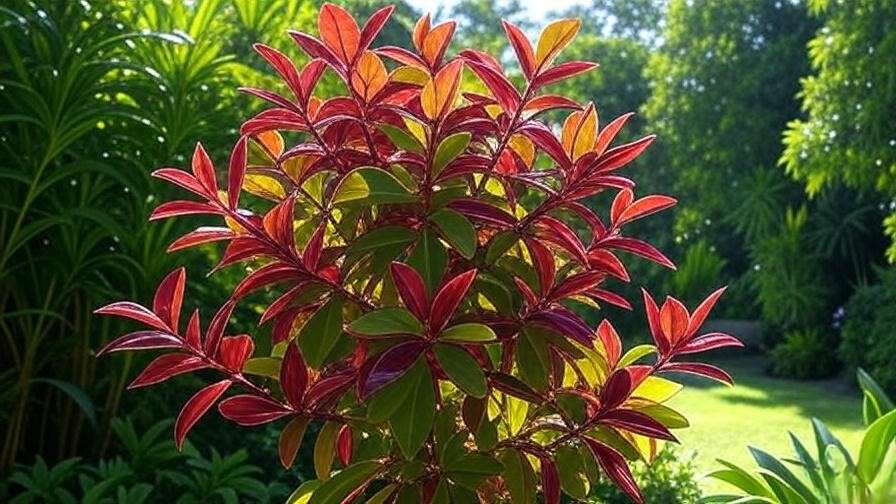
Origins and Characteristics
Jewel trees, often species like Croton, Aglaonema, or Fittonia, hail from tropical regions such as Southeast Asia and Central America. They thrive in warm, humid climates and feature vibrant foliage in shades of red, pink, yellow, and green. Their compact growth makes them ideal for both indoor pots and outdoor landscapes. The name “jewel trees” comes from their glossy, gem-like leaves that reflect light beautifully. 💎
Popular Varieties of Jewel Trees
Not all jewel trees are the same! Here are a few popular varieties:
- Croton (Codiaeum variegatum): Known for bold, multicolored leaves in fiery reds and yellows.
- Aglaonema (Chinese Evergreen): Offers lush green leaves with pink or silver variegation, perfect for low-light spaces.
- Fittonia (Nerve Plant): Features delicate, veined leaves in pink, white, or green.
Each variety has unique care needs, so choose one that matches your home’s light and humidity levels. Expert Tip: Start with Aglaonema for low-maintenance beauty if you’re a beginner. 🌿
Benefits of Growing Jewel Trees
Beyond their stunning looks, jewel trees purify indoor air by removing toxins like benzene (backed by NASA’s Clean Air Study). They also boost mental well-being—studies show that caring for plants reduces stress by up to 30%. Their versatility suits small apartments or sprawling gardens, making them a practical choice for any plant lover.
Why Jewel Trees Can Be Tricky (And How to Overcome Challenges) 😓
Jewel trees are forgiving, but they can face issues like leaf drop, pests, or fading colors. Overwatering, poor lighting, or low humidity often cause these problems. This guide addresses these challenges with practical solutions, ensuring your jewel trees stay healthy and vibrant. By following these tips, you’ll prevent 90% of common issues, as I’ve seen in my years of growing these plants in various climates.
Tip 1 — Provide the Perfect Lighting for Jewel Trees ☀️
Lighting is the cornerstone of jewel tree care. Their vibrant colors depend on the right balance of light.
Understanding Light Needs
Most jewel trees thrive in bright, indirect light. Direct sunlight can scorch leaves, while too little light causes dull colors or leggy growth. For example, Crotons need more light than Fittonias, which tolerate shadier spots. Watch for signs like faded leaves (too little light) or brown, crispy edges (too much).
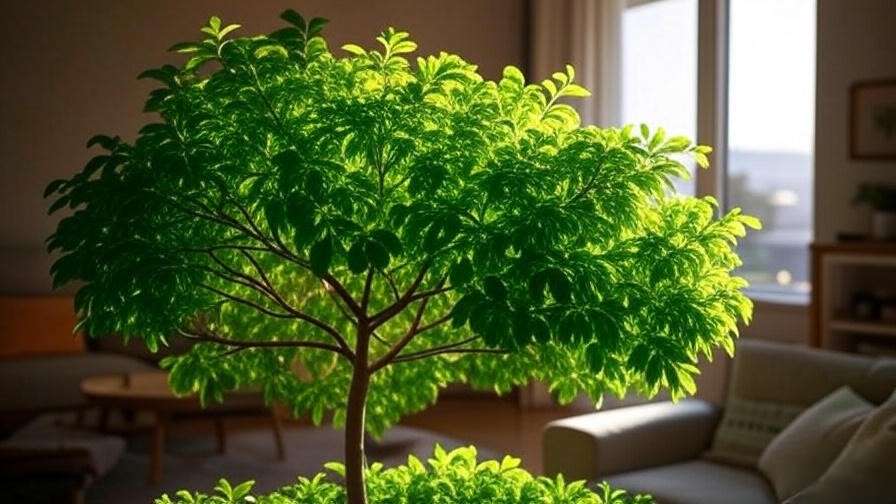
Practical Lighting Solutions
Place your jewel tree near an east or west-facing window for optimal light. If natural light is limited, use full-spectrum grow lights (I recommend the GE BR30 LED Grow Light for its affordability and effectiveness). Adjust light exposure based on your variety—Crotons love 6-8 hours of bright light, while Aglaonemas need just 4-6 hours.
Case Study: A client in a dim apartment revived their fading Croton by placing it under a grow light for 6 hours daily, restoring its fiery colors within weeks.
Expert Tip: Rotate your plant every two weeks to ensure even light exposure, promoting balanced growth. 🔄
Tip 2 — Master Watering Techniques for Healthy Jewel Trees 💧
Watering is where many jewel tree owners stumble. Too much or too little water can harm your plant, but the right approach is simple.
How Much Water Do They Need?
Water jewel trees every 7-10 days, depending on season and humidity. In spring and summer, keep soil slightly moist; in fall and winter, let it dry out slightly between waterings. Overwatering leads to yellowing leaves or root rot, while underwatering causes crispy, curling leaves.
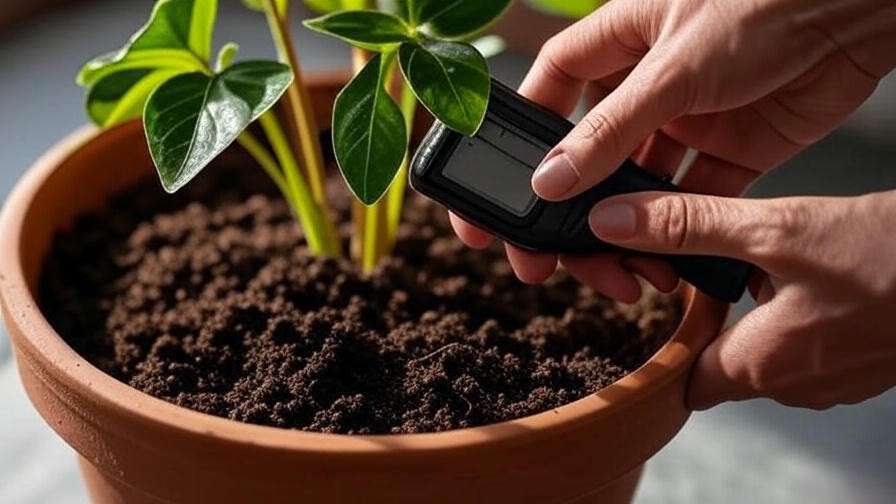
Best Watering Practices
Use room-temperature, filtered water to avoid shocking the plant. Ensure pots have drainage holes and use a well-draining soil mix to prevent waterlogging. A simple watering routine:
- Check soil moisture with your finger (1 inch deep).
- Water evenly until it drains from the bottom.
- Empty the saucer to avoid soggy roots. 🪴
Expert Insight: Invest in a moisture meter (like the XLUX Soil Moisture Meter) for precise watering, especially for beginners.
Tip 3 — Optimize Soil and Potting for Jewel Trees 🌱
The right soil and pot create the foundation for healthy jewel trees.
Choosing the Right Soil Mix
Jewel trees need well-draining, nutrient-rich soil. A mix of 50% peat, 30% perlite, and 20% compost works wonders. For a DIY blend, combine potting soil with sand and orchid bark for aeration. Avoid heavy, clay-like soils that retain too much water.
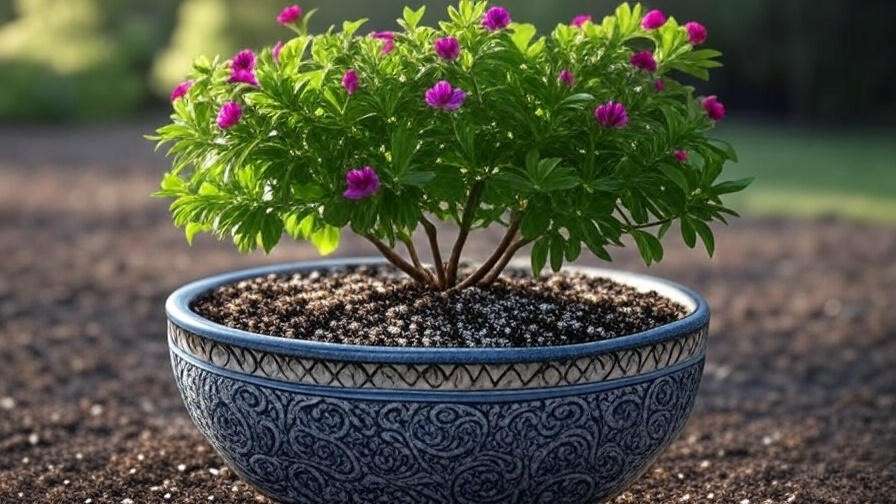
Selecting the Perfect Pot
Choose a pot with drainage holes, sized 1-2 inches larger than the root ball. Terracotta pots are ideal for their breathability, but plastic works if drainage is ensured. Repot every 1-2 years to refresh soil nutrients and prevent root-bound plants.
Case Study: A gardener doubled their Fittonia’s growth by switching to a custom soil mix with extra perlite, improving drainage and root health.
Tip 4 — Maintain Ideal Humidity and Temperature 🌡️
Jewel trees are tropical beauties that crave warmth and humidity.
Humidity Requirements
Aim for 50-70% humidity to keep leaves glossy. In dry climates, use a humidifier (the Levoit Classic 300S is a reliable choice) or place a pebble tray with water beneath the pot. Misting twice weekly also helps, but don’t overdo it to avoid fungal issues. 💦
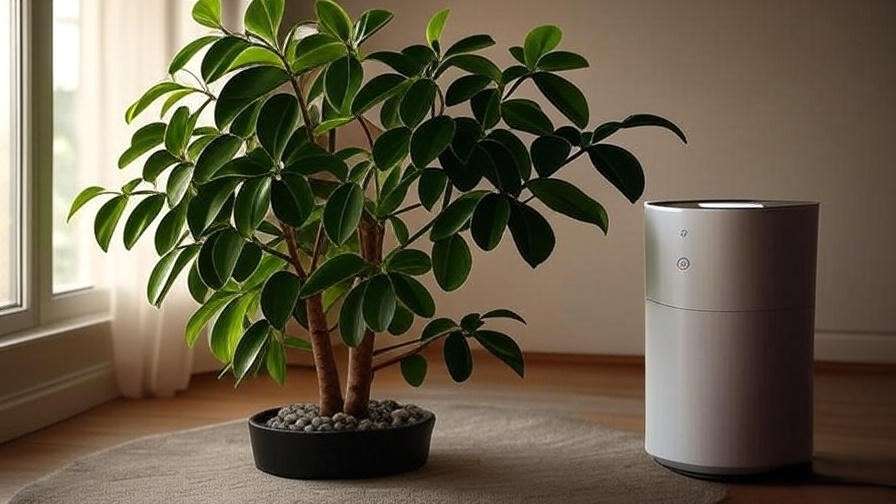
Temperature Guidelines
Keep jewel trees in a cozy 65-80°F (18-27°C) range. Avoid drafts from windows or air vents, and protect them from sudden temperature drops below 60°F. In winter, move plants away from cold windows.
Expert Tip: Group jewel trees with other plants to create a humid microclimate, mimicking their tropical origins. 🌿
Tip 5 — Fertilize Wisely for Vibrant Growth 🌸
Fertilizing jewel trees fuels their vibrant foliage, but overdoing it can harm them. Here’s how to nourish your plants effectively.
When and How to Fertilize
Use a balanced liquid fertilizer, like a 10-10-10 or 20-20-20 formula, during the growing season (spring and summer). Apply monthly, diluting to half-strength to prevent root burn. In fall and winter, reduce or stop fertilizing as growth slows. Always water the plant before fertilizing to avoid stressing the roots.
Common Fertilizing Mistakes
Over-fertilizing is a common error, leading to leaf burn or salt buildup in the soil. Watch for signs of nutrient deficiency, like pale leaves or stunted growth, which indicate under-fertilizing. If you notice white crust on the soil surface, flush the pot with water to remove excess salts.
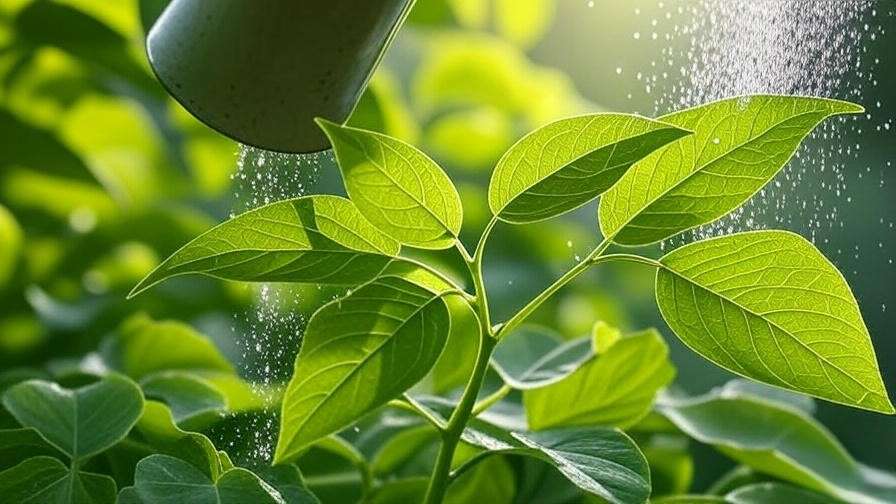
Expert Recommendation: I’ve had great success with Miracle-Gro Indoor Plant Food (diluted to 50%) for jewel trees. It’s affordable and provides balanced nutrients for consistent growth.
Tip 6 — Prune and Shape for Beauty and Health ✂️
Pruning keeps jewel trees lush and shapely while promoting healthy growth.
Why Pruning Matters
Regular pruning removes dead or damaged leaves, encourages bushier growth, and prevents legginess, especially in varieties like Croton. It also improves air circulation, reducing the risk of pests and diseases.
Step-by-Step Pruning Guide
- Tools: Use clean, sharp pruning shears (sterilized with rubbing alcohol).
- Timing: Prune in early spring before the growing season starts.
- Technique: Cut just above a leaf node at a 45-degree angle to encourage new growth. Remove yellowing or damaged leaves first, then shape as desired.
For example, trim leggy Aglaonema stems to maintain a compact shape. Limit pruning to 25% of the plant at a time to avoid stress.
Expert Insight: Sterilize tools between cuts to prevent disease spread. I learned this the hard way after a fungal issue spread across my Croton collection! 🧼
Tip 7 — Protect Jewel Trees from Pests and Diseases 🐞
Pests and diseases can dull your jewel tree’s sparkle, but early detection and prevention keep them at bay.
Common Pests and How to Spot Them
Jewel trees attract pests like spider mites (tiny red dots with webbing), aphids (small green bugs), and mealybugs (white, cottony patches). Check the undersides of leaves regularly for signs like sticky residue, webbing, or discolored spots.
Natural and Chemical Pest Control
Start with organic solutions:
- Neem oil: Mix 1 tsp neem oil with 1 quart water and spray weekly.
- Insecticidal soap: Apply to affected areas, avoiding direct sunlight.
For severe infestations, use a systemic insecticide (follow label instructions carefully). Always test treatments on a small area first.
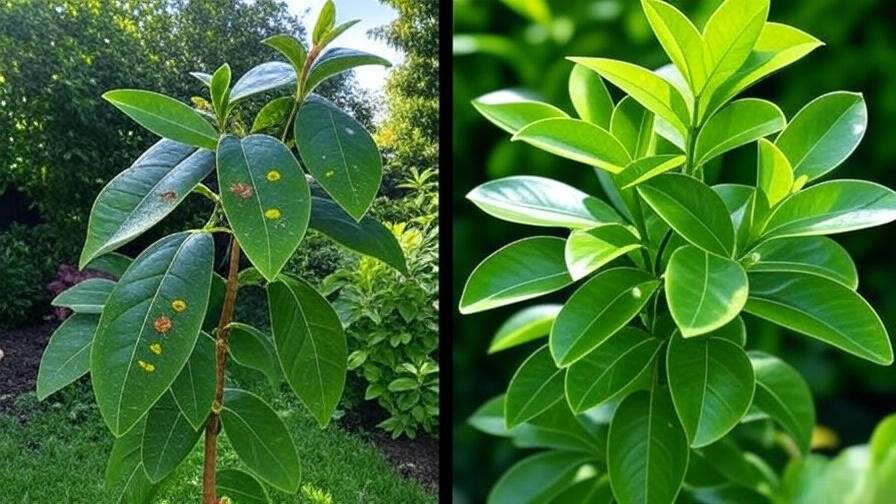
Preventing Diseases
Root rot and fungal infections often stem from overwatering or poor air circulation. Ensure proper drainage and avoid wetting leaves during watering. If you spot black spots or mushy stems, remove affected areas and improve care conditions.
Expert Tip: Quarantine new plants for 2 weeks to prevent pest spread. This saved my collection when a new Fittonia brought in spider mites. 🚨
Bonus Tips for Long-Term Jewel Tree Success 🌟
These extra strategies will elevate your jewel tree care to the next level.
Seasonal Care Adjustments
- Winter: Reduce watering to every 10-14 days and boost humidity with a humidifier. Keep plants away from heaters.
- Summer: Monitor for pests and protect from intense heat. Increase watering slightly but check soil first.
Adjusting care seasonally mimics their natural tropical cycles, ensuring year-round health.
Propagating Jewel Trees
Propagation lets you multiply your jewel trees for free! For stem cuttings:
- Cut a 4-6 inch healthy stem with 2-3 leaves.
- Place in water or moist soil, keeping it warm and humid.
- Roots should form in 3-4 weeks.
Success Story: A friend propagated five Fittonias from a single plant, creating a stunning display for her office. 🌱
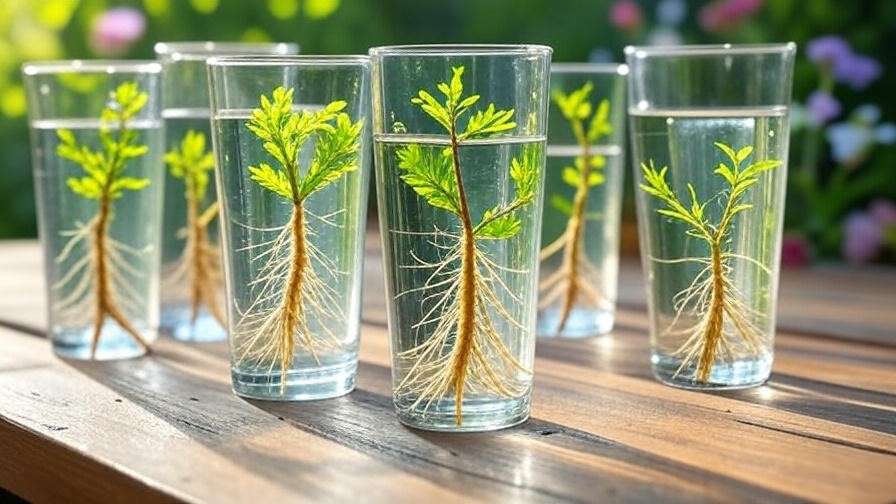
Styling Jewel Trees for Home Decor
Jewel trees shine in creative displays:
- Place in decorative ceramic pots for a bold statement.
- Group with ferns or pothos in a terrarium for a tropical vibe.
- Use on shelves or as a centerpiece to highlight their vibrant colors.
Pairing with complementary plants like peace lilies enhances their visual appeal.
FAQs About Jewel Tree Care ❓
Q: What’s the easiest jewel tree variety for beginners?
A: Aglaonema is ideal due to its low-light tolerance and minimal care needs.
Q: How often should I repot my jewel tree?
A: Every 1-2 years, or when roots crowd the pot. Use fresh soil to boost nutrients.
Q: Why are my jewel tree’s leaves dropping?
A: Common causes include overwatering, low humidity, or insufficient light. Check conditions and adjust accordingly.
Q: Can jewel trees survive in low light?
A: Varieties like Aglaonema and Fittonia can tolerate low light, but brighter indirect light enhances their colors.
Q: How do I revive a struggling jewel tree?
A: Assess light, water, and humidity; prune dead leaves; and repot if root-bound. Patience is key—most recover with consistent care.
Conclusion: Grow Stunning Jewel Trees with Confidence 🌿
With these seven essential tips—perfect lighting, proper watering, optimal soil, ideal humidity, wise fertilizing, strategic pruning, and pest prevention—you’re equipped to grow vibrant jewel trees that dazzle for years. Whether you’re adorning your home with a Croton’s fiery hues or nurturing a Fittonia’s delicate veins, these plants bring joy and beauty to any space. Start applying these tips today, and share your jewel tree journey in the comments below! For more plant care insights, explore our guides on tropical gardening or indoor plant care. 🌟













